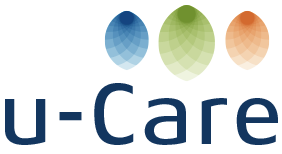Our Investigator Team

Lynn Paterson
Assistant Professor in the Institute of Biological Chemistry, Biophysics and Bioengineering at Heriot-Watt University
Lynn’s research interests are based around exploiting the interaction between light and biological cells or tissue to benefit the bio-medical sciences.
More info
Her areas of expertise are optical trapping and optical tweezers, Raman spectroscopy, application of nanoparticles (as sensors) in cells and integrating optics with microfluidics. She also works on optical tweezer micro-rheology, probing micro-mechanical properties of liquids and gels in 3D.
She joined Heriot Watt University in 2007 as an RCUK Fellow and teach in the Physics department. She has a PhD (Physics) from St Andrews University and BSc (Molecular Biology) from Glasgow University. In her spare time she enjoys gardening and beachcombing.

UKRI EPSRC innovation fellowship
Jim leads a team based at the University of Bath developing optical fibres and endoscopic medical devices.
More info
His research career has always focused on optical fibre design and fabrication and he has always works towards impact driven outputs both clinical and industrial.
Outside of research he’s interested in 1980s BMWs and really should’ve learnt how to weld.

William Wadsworth
Professor of Photonics in the Department of Physics at the University of Bath
William’s research is driven by applications, looking to provide new capabilities for lasers and optical systems.
More info
This has included development of new lasers addressing needs for particular colours of light, the supercontinuum laser source using purpose designed optical fibres to deliver white light from a laser, optical fibres for delivery of laser power or routing of optical signals at extreme power or extreme wavelengths, and working with scientific and industrial end users to develop experiments and products making use of the new capabilities. He also has research interests in optical systems for metrology, and broadening accessibility of research instruments through open hardware designs.
Outside work he enjoys building things, particularly things that fly.

Clinician Scientist at the University of Edinburgh
Ahsan has an interest in the role of fibroblasts in the tumour microenvironment of non-small cell lung cancer.
More info
Ahsan’s group focuses on bidirectional crosstalk of fibroblasts with immune cells, as well as developing translational methods to image these in vivo. This includes both an optical high-resolution method looking at fibroblast activity and whole-body approaches for activated fibroblast presence.
He previously undertook a PhD in optical molecular imaging and has been involved in several of the first-in-human imaging studies.
Outside of work, he excels in the fields of gluten free, dairy free, egg free, soya free and nut free baking and enjoys cycling.
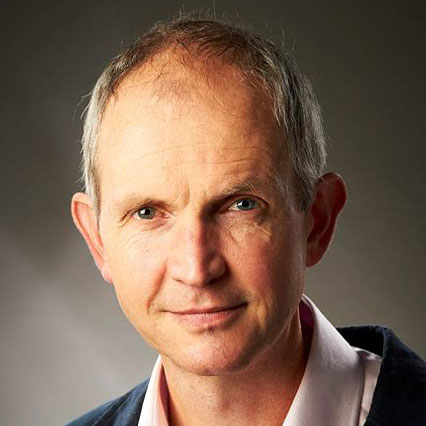
Pro-Vice-Chancellor (Research) at the University of Bath
As Pro-Vice-Chancellor for Research, Jonathan has responsibility for Research at the University, a position he has held since August 2015.
More info
Jonathan completed his PhD in 1993 at the University of Cape Town. After completing his PhD, Jonathan worked as a research fellow at the École Normale Supérieure in Paris and at the Optoelectronics Research Centre in Southampton. His research focuses on Wavelength-scale structures for optical applications including new forms of optical fibre.
He was Head of the Department of Physics at Bath from 2008 to 2013, and Associate Dean for Research (Science) from 2013 to 2015. He was the founding director of the Centre for Photonics and Photonic Materials and has published over 200 peer-reviewed journal papers in top-flight international journals. He was the winner of a Leverhulme Research Fellowship (2009), the Institute of Physics Optics and Photonics Division Prize (2012), the Rank Prize for Optoelectronics (2018), a Chinese Academy of Sciences Presidents International Fellowship for Distinguished Scientists (2019) and Fellow of the Royal Society (2019).
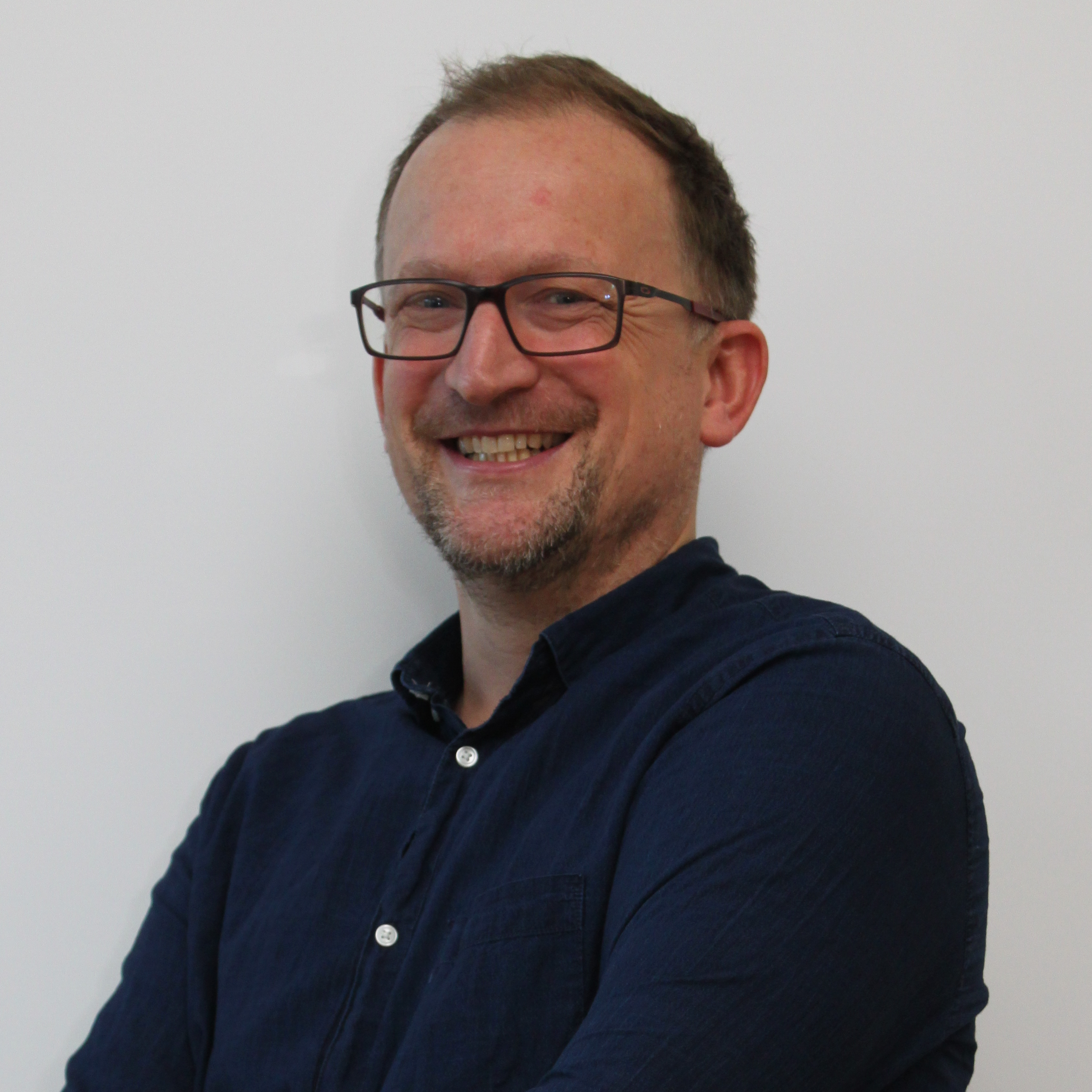
Jonathan Shephard
Professor in the Institute of Photonics and Quantum Sciences
Jon focuses on developing multidisciplinary projects with academic and industrial partners and medical end users such as surgeons.
More info
Prof. Shephard’s research (Applied Optics and Photonics) is targeted at number of areas: Medical laser applications (e.g. cancer surgery, eye surgery, orthopaedic surgery, dentistry); Integration of high-power lasers and optical fibre technology into advanced manufacturing processes (including robotic systems) and; Novel hollow core optical fibres.
Prof Shephard received the BA degree in Engineering at St Johns College, Cambridge University in 1994. He was awarded an MSc (Eng) with Distinction in 1996 within the Department of Engineering Materials, University of Sheffield and went on to research novel mid-IR transmitting optical fibres and waveguides obtaining his PhD in 2000. In 2003 he joined the Applied Optics and Photonics Group at Heriot-Watt University, working on the development of novel micro-structured (Photonic Crystal) fibres.
He is a keen cyclist and spends as much of his spare time as possible out on his bike.
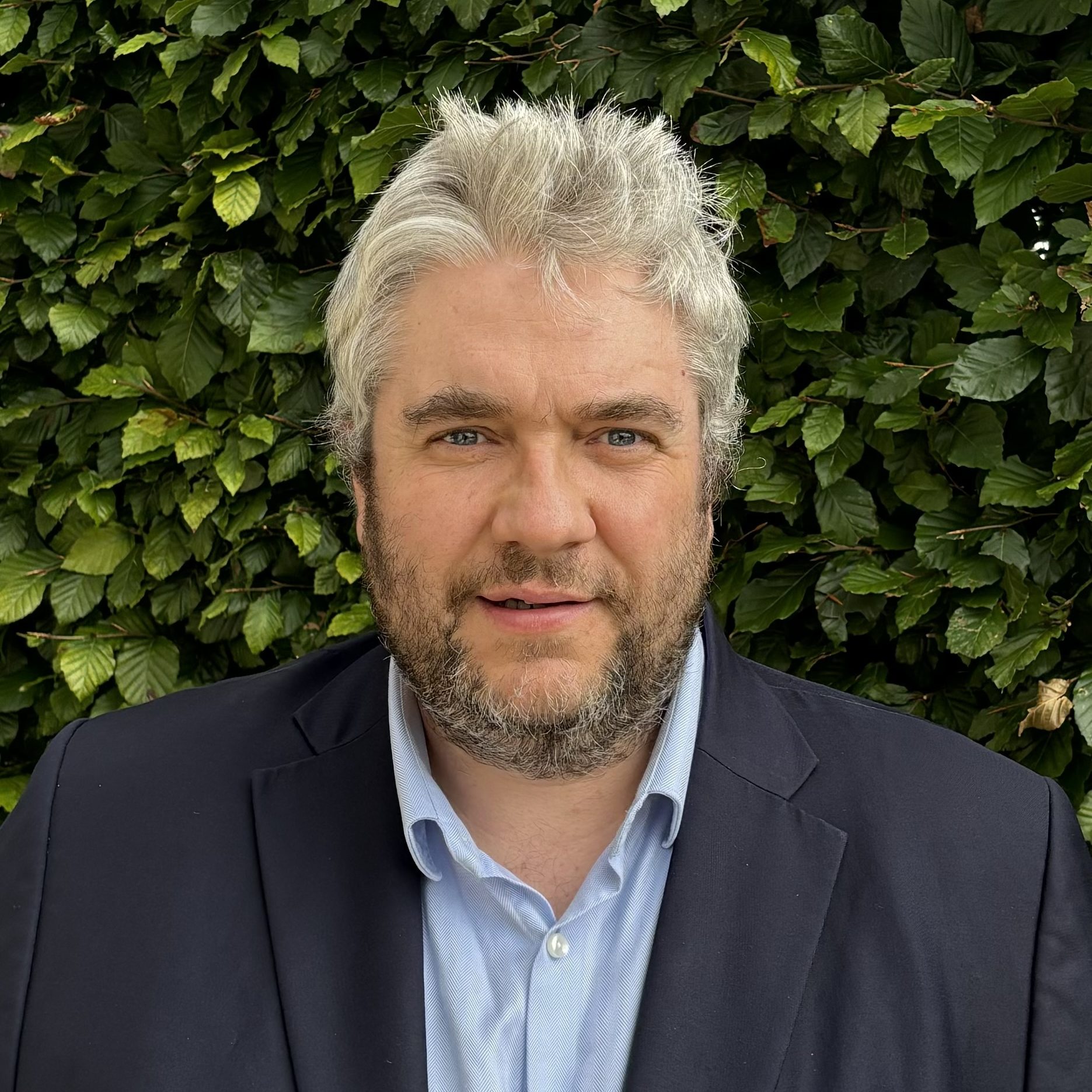
Robert R. Thomson
Professor of Photonics at Heriot Watt University
Robert is interested in the applications of light in areas such as clinical and biomedical photonics, laser manufacturing and advanced optical instrumentation.
More info
Specific current interests include the development of new fibre-optic technologies for the minimally invasive imaging of tissues with unprecedented resolution, new light-based therapies for treating infection and resecting tissues with extreme precision, and new photonic approaches to interrogating tissues in a label free manner with the aim of guiding clinical decisions.
He is Principal Investigator of the £6.1M “u-Care” Programme Grant, which was funded as part of the EPSRC “Transformative Healthcare Technologies for 2050 call” and has been awarded ~£35M in funding since 2009 (~£11M as PI and £24M as Co-I). Robert collaborates closely with industry, and co-founded Optoscribe Ltd which now employs >35 staff and occupies dedicated manufacturing premises in Livingston – UK. Outside of work, Robert enjoys walking, reading, and spending time with the family and friends.

Tim Birks
Professor of physics at the University of Bath
Tim’s research interests focus on the physics of light propagation in optical fibres.
More info
He is best known for pioneering work on photonic crystal fibres with various guidance mechanisms, including those with hollow cores, and for the development of tapered fibres including the photonic lantern.
The applications of this research include optical telecoms, astro-photonics, and biomedical sensing and imaging. He is inventor or co-inventor of 25 granted US and European patents. He was elected Fellow of the Optical Society of America in 2007, and was awarded the 2018 Rank Prize for Optoelectronics.

Kev Dhaliwal
Professor of Molecular Imaging and Healthcare Technology at the University of Edinburgh and a Consultant Physician in Respiratory Medicine
Kev has a passion for developing new technologies for healthcare impact.
More info
He is the Chief Investigator on six first-in-human trials of optical molecular imaging reagents and devices related to the diagnosis of bacterial infection, inflammation and cancer.
Collaborating widely with industry, he is an advocate of the need to work across scientific disciplines and translate physical science research into healthcare.

Wendy Bickmore
Director of the MRC Human Genetics Unit at the University of Edinburgh
Wendy’s undergraduate degree was in Biochemistry from the University of Oxford and she then completed a PhD in molecular biology at the University of Edinburgh.
More info
Following a postdoc in human genetics, Wendy started her independent research group as a fellow of the Lister Institute for Preventive Medicine. She is fascinated by the three-dimensional organization of the human genome and how that influences genome function in health and disease. Her current research explores how the non-coding genome regulates gene expression. Wendy is a Fellow of; the Royal Society, the Royal Society of Edinburgh and of the Academy of Medical Sciences and is a member of the European Molecular Biology Organization.
Outside of work, Wendy plays tennis badly, gardens pretty well, and enjoys being taken for walks by two Airedale terriers.

Reader and Honorary Consultant Neurosurgeon at the University of Edinburgh and NHS Lothian
Paul’s research spans the laboratory and clinic, combining molecular, epidemiology and clinical investigation to guide rationale innovation to improve patient care.
More info
He applies this strategy to improving diagnosis, treatment and outcomes for people with brain tumours, and traumatic brain or spinal injuries. He is part of the CRUK Adult Brain Tumour Centre of Excellence, and Tessa Jowell Brain Tumour Centre of Excellence in Edinburgh. As founder of University of Edinburgh spin-out, eoSurgical Ltd, he leads innovation in surgical simulation training around the world. He collaborates on bringing other innovative technologies to the clinic, such as the Clinspec Dx spectroscopic liquid biopsy test for early detection of cancer. In 2014 Paul helped in the foundation of the Compassion Initiative at the University of Edinburgh.
When not doing any of the above, he’ll be (hopefully) entertaining his children, unless he’s sneaked out for a run/row/cycle.

Professor of applied photonics at Heriot-Watt University
Duncan leads research activity on applications of high power lasers, with a focus on both manufacturing and medical devices.
More info
He completed a PhD in optical fibre bragg gratings (FBGs) at the University of Southampton in 1990 and has been working at Heriot-Watt University since 1991. He has held many additional roles in the university including as Head of Physics, Deputy Head of School, Acting Head of School and Acting Deputy Principal Research and Innovation. He misses having the time to actually go into the lab and play with high power lasers.
A keen cyclist, he normally commutes by bike to work and is often out cycling in the local countryside at weekends.
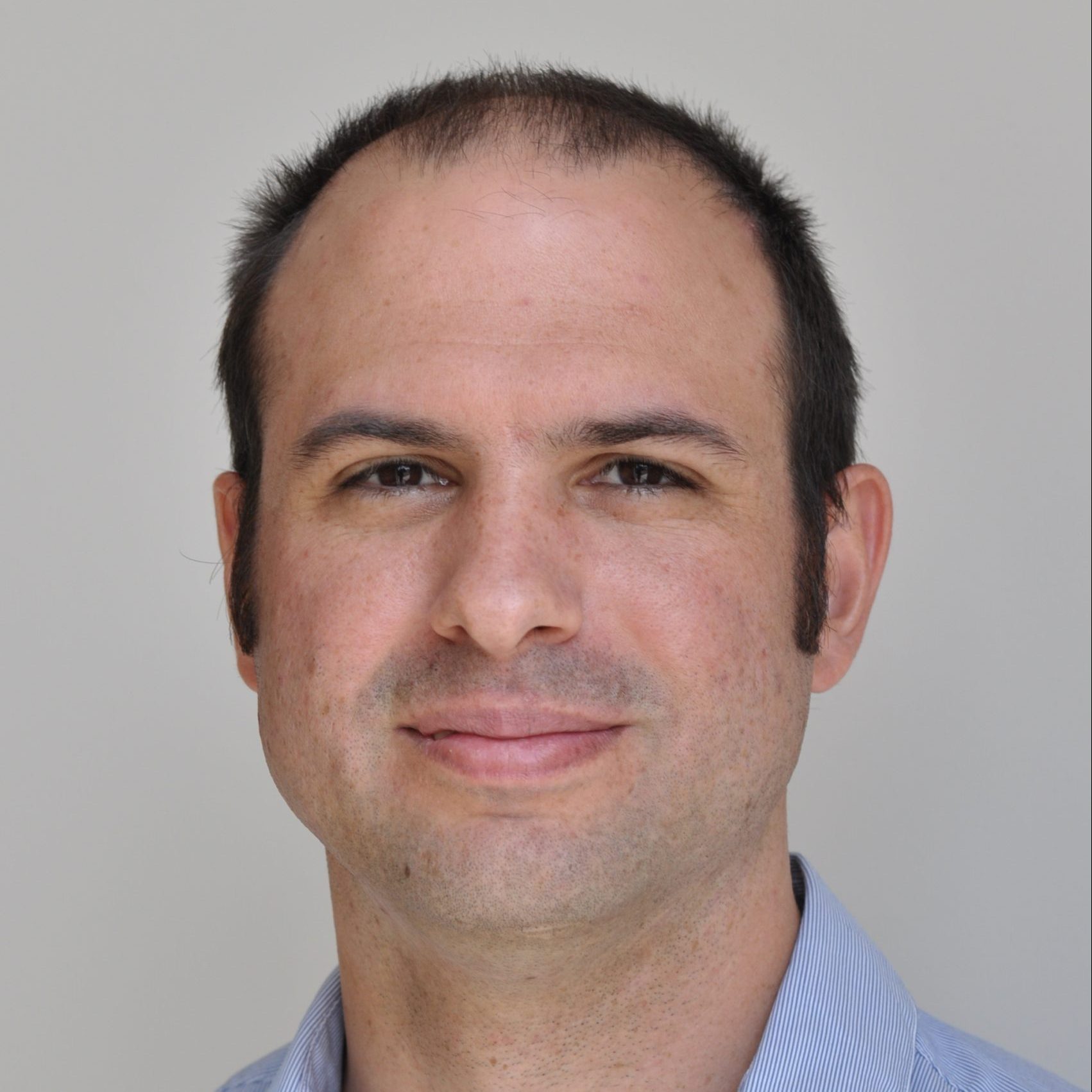
John Travers
Professor of Physics at Heriot-Watt University
John leads the Laboratory of Ultrafast Physics and Optics (LUPO) and is a Professor of Physics at Heriot-Watt University.
More info
He received the M.Sci degree in Mathematics and Physics from Durham University (UK) in 2003, and the M.Sc and Ph.D degree, in 2004 and 2008 respectively, from Imperial College London (UK). After a period as an Imperial College Junior Research Fellow, he moved to the Max Planck Institute for the Science of Light, Erlangen, Germany (2010) to lead the ultrafast nonlinear optics group in Prof. Philip Russell’s division. In 2015 he was awarded a European Research Council (ERC) Starting Grant and joined the Institute of Photonics and Quantum Science at Heriot-Watt University, being promoted to full Professor in 2019. In 2020 he was awarded the ERC Consolidator Grant and elected as Fellow of the Optical Society (OSA).
John’s research is focused on using nonlinear optics to create new light sources with tailored, and sometimes extreme, spectral and temporal properties. A core research interest is the generation of deep and vacuum ultraviolet light using nonlinear dynamics in gas-filled hollow-core fibres.
John spends his free time with his young children, reading, and cycling.
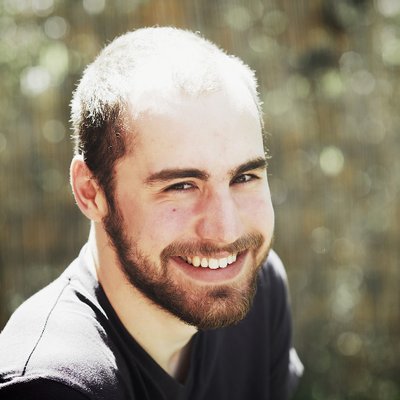
Christian Brahms
Royal Academy of Engineering Research Fellow at Heriot-Watt University
Chris works on ultrafast laser pulse compression, frequency conversion, and characterisation.
More info
Chris is especially focused on the generation and use of bright, tuneable, and ultrashort laser pulses in the ultraviolet, both in applied contexts and experiments in fundamental science. During his PhD at Imperial College London, he also worked on X-ray high-harmonic generation, strong-field physics, and ultrafast spectroscopy.
When he is not fiddling with laser beams, he can most often be found climbing various rocks.

Calum Ross
Research Fellow at Heriot-Watt University in Applied Photonics
UKRI Future Leaders Fellow exploring radical new approaches to manufacturing optical fibres
More info
Calum Ross is Research Fellow at Heriot-Watt University with a background in applied photonics. He is passionate about photonic-inspired solutions to real-world problems and has experience designing, modelling and manufacturing photonic devices. He has expertise using femtosecond laser processing and chemical etching for 3D sculpting of glass.
In 2024, Calum was awarded a UKRI Future leaders Fellowship to explore radical new approaches to manufacturing optical fibres. He hopes to improve the manufacturability of hollow-core silica fibres and develop new fibres not currently manufacturable.
Calum also has a track record developing fibre-optic sensing devices for a broad range of applications, including healthcare diagnosis and treatment. He obtained his PhD at Heriot-Watt in 2019 developing a miniature Raman probe and has since developed fibre devices for displacement monitoring, ATR spectroscopy, laser-ablation and diffuse UVC delivery. Calum is keen to establish a diverse team of enthusiastic researchers with an interest in photonics, design and manufacturing.

Mike Tanner
Mike is a tenure track research fellow in Biomedical Photonics at Heriot-Watt University and honorary lecturer at the University of Edinburgh.
More info
Mike’s research group aims to exploit time resolved single photon technologies and optical fibre sensors for clinical/biomedical photonics and other real world applications, with strong links to Robert Thomson and the Photonic Instrumentation group.
Mike has a desire to bring the most advanced single photon technologies out of the darkened physics lab and into practical application, leading him to focus on transformative applications in healthcare. As a physicist with wide ranging experience in experimental systems, fibre optics, quantum technologies and fibre sensing he has developed advanced optical systems with the University of Edinburgh to optimise novel fibre technologies for clinical application.
Mike has a track record in developing quantum technologies. Initially designing silicon chips for quantum information processing at the Hitachi Cambridge Laboratory and the University of Cambridge, he moved to quantum optics and single photon detector technologies with the Quantum Sensors group at Heriot-Watt University and the University of Glasgow. While developing cutting edge quantum optics experiments and new secure optical communication technologies, he applied photon counting technologies to real world sensing problems. These included time of flight depth imaging, singlet oxygen fluorescence measurements for photodynamic therapy in cancer treatment and primary temperature measurement with optic fibre. Now he applies single photon detector arrays for medical sensing, imaging and diagnosis with a focus on practical systems for translation to clinic or elsewhere.
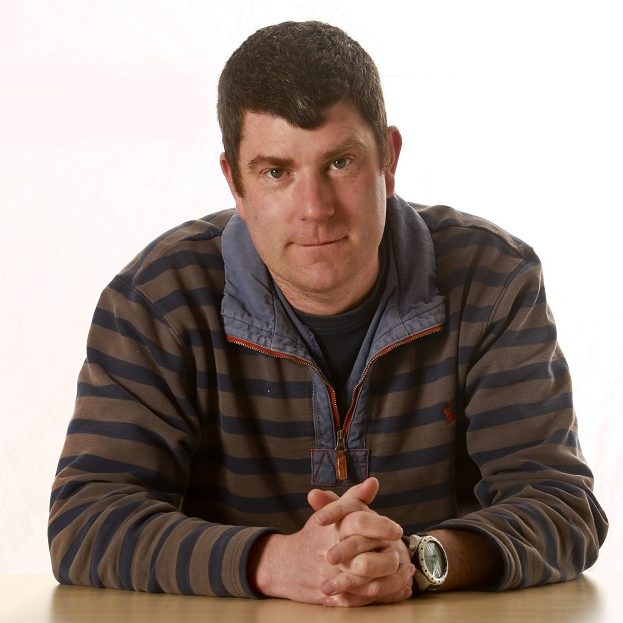
Bill MacPherson
Bill’s research interests are centred around the application of optical and fibre-optic techniques for measurement and instrumentation.
More info
Bill’s work includes high bandwidth temperature and pressure sensors for aerodynamic measurements, novel fibres for structural monitoring, vibration and acceleration measurement, and studies into potential sensing applications of novel microstructured fibres. Recent work includes monitoring in remote environments, including sub-sea hydrodynamic flow measurement. Current projects include biomedical applications of optical fibre sensors, and condition monitoring in harsh environments.
Many of these projects have been in colaboration with industry (such as QinetiQ, Rolls-Royce, Land Rover, Image Automation, AWE plc, Renishaw, Atlas Electronik), and other Universities (including Oxford, Bath, Sheffield, Aston, Birmingham, Leeds, Tallin, Groeninig Universities).
He has published over 120 journal and conference papers in this area, and was on the technical committee for the 2023 European Workshop on Optical Fibre Sensors.
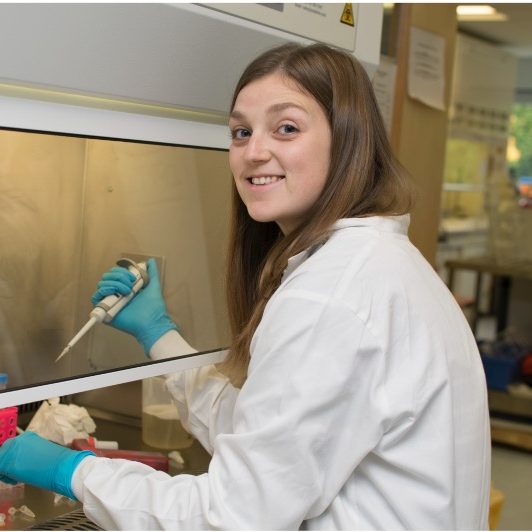
Beth Mills
Research Fellow at the University of Edinburgh in Microbial Keratitis
UKRI Future Leaders Fellow exploring corneal infections through molecular characterisation of the disease and health-system mapping methodologies.
More info
Beth graduated from the University of Sheffield with a 1st class degree in Medical Microbiology and was awarded her PhD in Molecular Microbiology from the University of Nottingham. She subsequently joined the Proteus project and Translational Healthcare Technologies group at the University of Edinburgh in 2015, where she led infection model development and the validation of optical SmartProbes and imaging devices for clinical translation in pulmonology.
Beth was awarded a UKRI Future Leaders Fellowship in 2021 to develop pathways to diagnose, treat and reduce the burden of microbial keratitis in India. Her approach is two-fold, exploring both bottom-up (molecular characterisation of the disease pathways) and top-down (health-system and patient care pathway mapping) methodologies to drive fundamental insight into the disease, and enable rapid, appropriate translation of public health interventions, and diagnostic development within the Indian context. This work is conducted in close collaboration with the Aravind Eye Care System (AECS), and the Aravind Medical Research Foundation (AMRF), India.
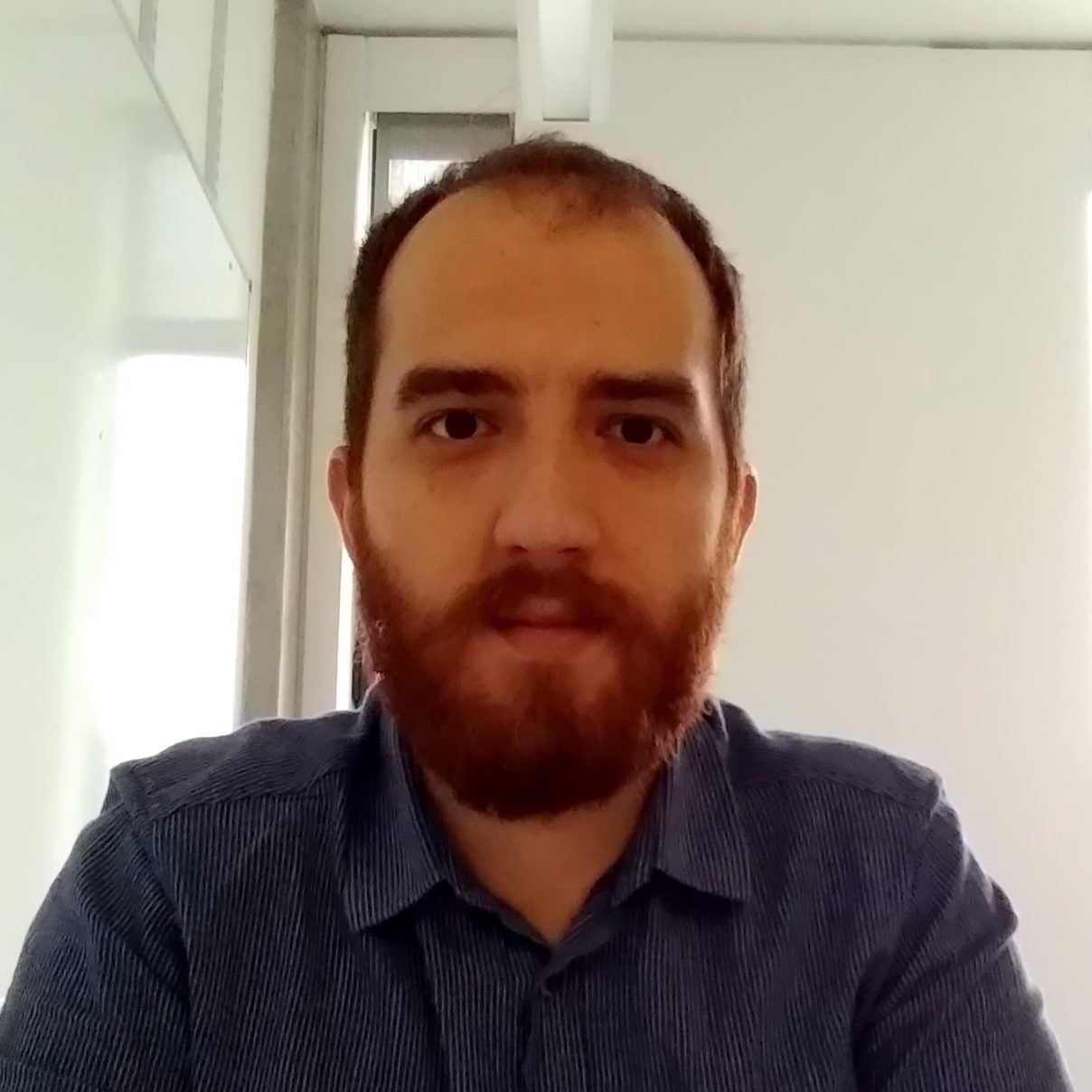
Mohsen Khadem
Lecturer in Robotics at the University of Edinburgh
Mohsen’s research is in surgical robotics and image-guided therapies.
More info
Mohsen is a Lecturer in Robotics at the School of Informatics, University of Edinburgh. Previously he was a Post-Doctoral Researcher at the Wellcome/EPSRC Centre for Interventional and Surgical Sciences, University College London. He received his Ph.D. in Electrical and Computer Engineering from the University of Alberta, Canada in 2017, his M.Sc. in Biomechanics from the Sharif University of Technology, Iran, in 2013, and his B.Sc. in Mechanical Engineering from Shiraz University, Iran, in 2010.
His research interests are in surgical robotics and image-guided therapies. His research typically focuses on the clinical problem first, and then working with surgeon collaborators to determine the best devices and theoretical approaches to solve it.
In his spare time, he enjoys playing and watching football. He is also a self-proclaimed home chef.
Funding Bodies
EPSRC
UKRI
U-Care Institutions
Heriot-Watt University
University of Edinburgh
University of Bath
All detail is copyright © u-Care 2025 | Privacy & Cookies
